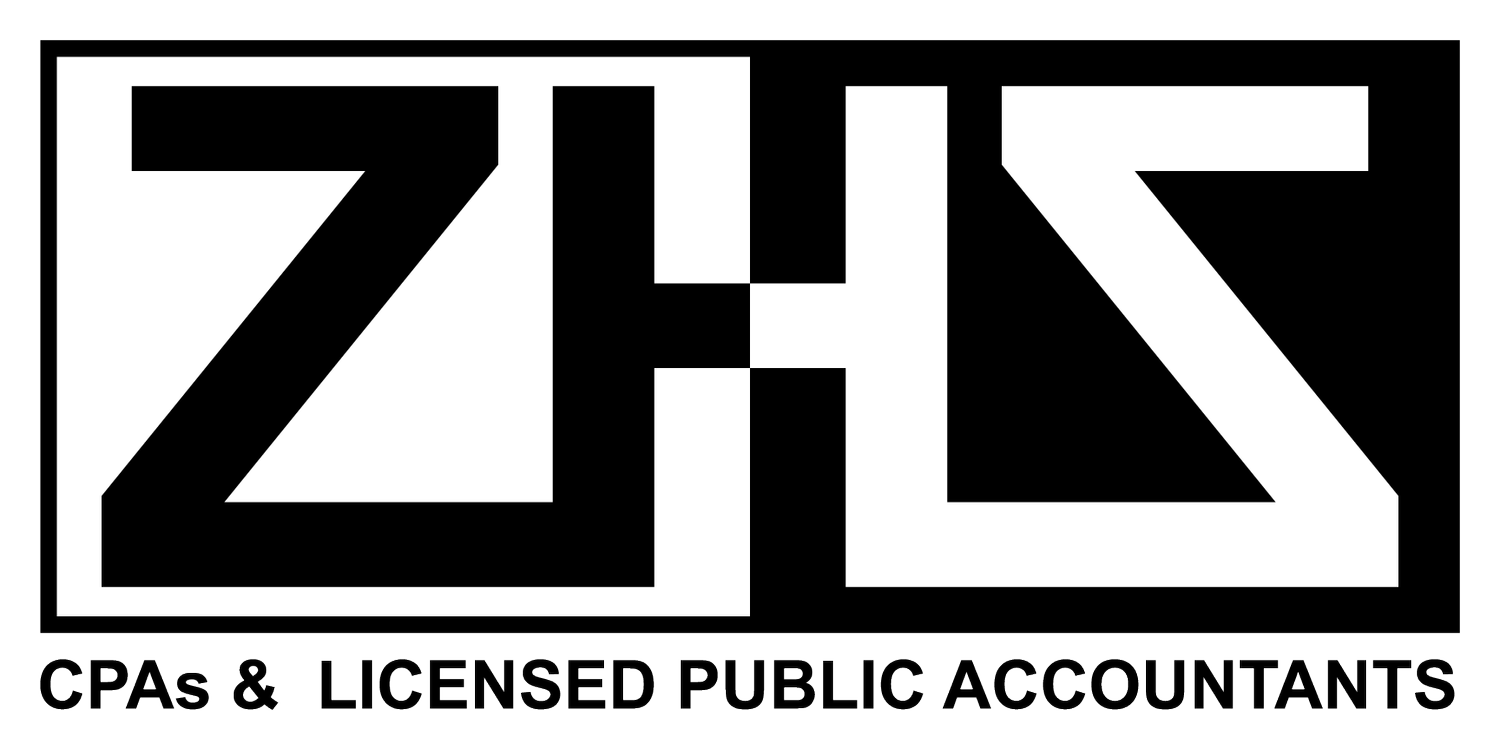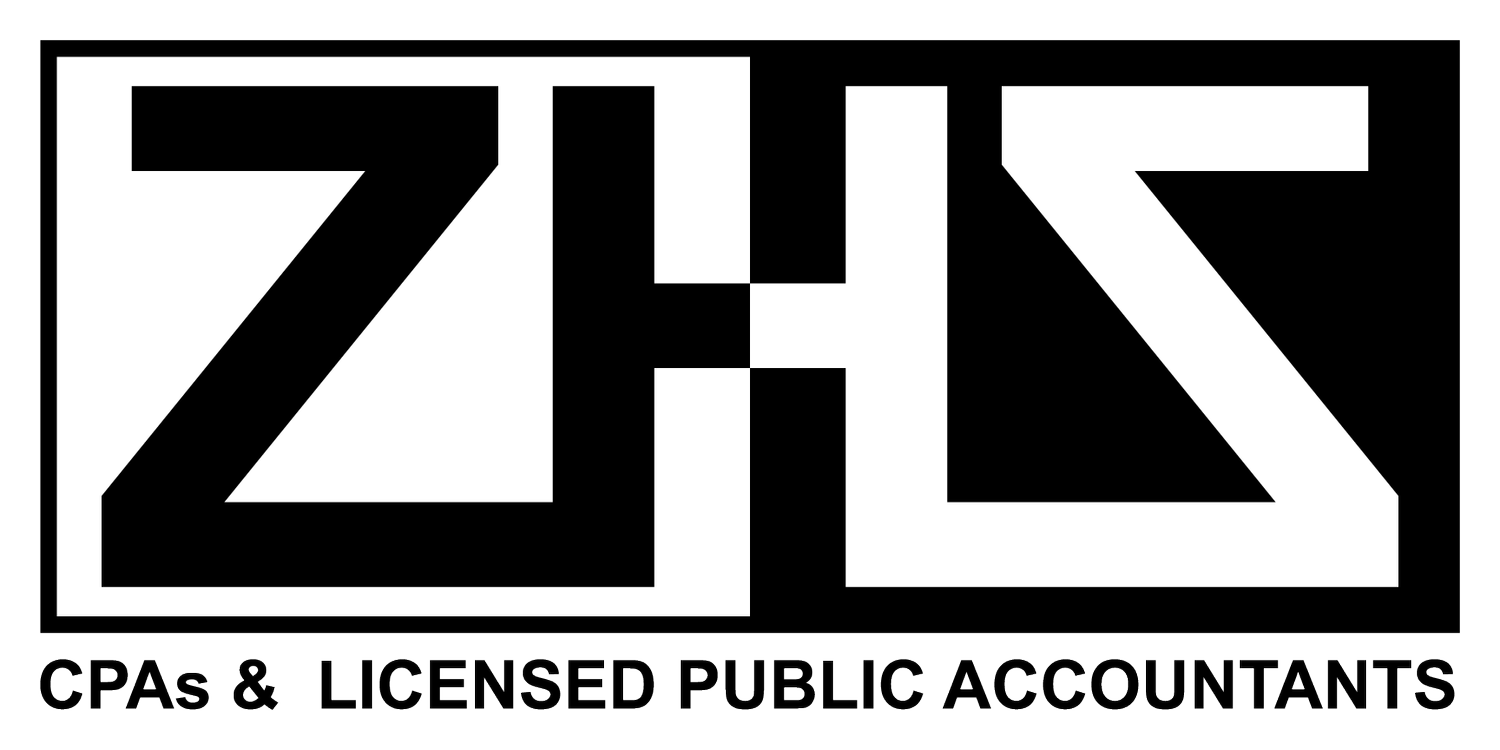TFSAs - How to Maximize Your Investment Returns
The tax-free savings account (TFSA) lets you park your hard-earned money and earn interest tax-free. Any contributions to the account and withdrawals are not subject to taxes, at any time.
If you are a Canadian resident of age 18 with a valid social insurance number (SIN), you can open a TFSA with most banks, credit unions, and insurance companies. You can contribute a maximum of $7,000 for the year 2024.
Any unused balance gets rolled over to the next year. When you withdraw, the TFSA account limit increases by that amount the following year. So, you can maximize your contributions after withdrawals and transfers.
What are the Advantages of Using a TFSA?
The best thing about a TFSA is its flexibility. You can contribute and withdraw at any time without incurring a tax bill. Further, you can roll over unused contribution limits to the following years.
Tax Benefits
You don't have to pay taxes with this special savings vehicle as long as you do not exceed the yearly contribution limit and the lifetime contribution room.
Unlike the registered retirement savings plan (RRSP), withdrawals after a certain period are still tax-free.
Contributions and Withdrawals
The contribution limits are adjusted yearly by the Canada Revenue Authority (CRA) for inflation. Any withdrawals from these accounts are also tax-free.
Compounding
You can choose from a wide range of high-interest TFSAs in the market to earn interest and reinvest it to enjoy the best of compounding effects for your investments in the long run.
Diversification
Cash isn’t the only option for this account, so you can construct a portfolio of diversified instruments like stocks, bonds, mutual funds, and ETFs.
What Type of Investments You Can Hold in a TFSA?
A tax-free savings account allows you to hold any qualified investment vehicles as long as they don’t meet the eligibility criteria.
● Stocks - You can buy and put stocks yourself or through your financial advisor.
● Bonds - You can invest in bond ETFs or funds and put them in your FTSAs.
● ETFs - If you are looking for natural diversification and risk-hedging, park your ETFs here.
● Mutual Funds - Most Canadians hold some part of their investments in mutual funds, you can invest in mutual funds through your TFSA too.
● GICs - Make the best of your fixed-income instruments plus tax-free savings with these accounts through guaranteed income certificates (GICs).
What you can’t hold in a TFSA?
There are some notable investment instruments that you cannot use for tax-free savings accounts though:
● Day-trading - You cannot start day trading of stocks within your TFSA.
● Land/Properties - Any property like land or a building cannot be owned through this account.
● Cryptocurrencies - The CRA does not allow investing in cryptocurrencies through TFSAs.
Can You Put US Stocks in a TFSA?
Yes, you can invest in US stocks through a TFSA but there is a caveat to it.
If you invest in a dividend stock, the Internal Revenue Service (IRS) will deduct a 15% withholding tax from your dividend income. And that tax will not be a deductible expense with the CRA either.
However, you can invest in growth stocks, ETFs, Mutual Funds, or any other eligible instruments without incurring withholding taxes.
Pro Tip: You can put US dividend stocks in a registered retirement savings plan (RRSP) without paying withholding taxes to the IRS.
How to Maximize Your Investment Returns in a TFSA?
There is no simple answer to the best utilization of a TFSA’s tax-sheltered investment options. It depends on many factors like your investment goals, risk tolerance, time frame, and available resources.
Let us give you some tips on an investment strategy that would work well for you in any financial situation.
Set Goals
You cannot achieve unless you set realistic and smart goals with your investments. Define clearly whether you want to save for the short term, a few years, or a longer period.
Your goals will differ if you want to maximize your retirement savings from a short-term plan of saving for your house mortgage down payment.
Research on Your Investment Options
Cash and equivalents aren’t your only options to put in a TFSA. You can start investing with a TFSA to earn good interest but you can do more with it.
If you choose blue-chip stocks or invest in a high-performing index like S&P500 or S&P/TSX, you can combine the savings and investing benefits. And your investments will grow tax-sheltered forever!
Construct a Portfolio
Unlike your normal investment portfolio, the biggest challenge here will be your contribution room available. If you have been maxing out your TFSA every year, it isn’t going to help you construct an investment portfolio freely.
Then, you must carefully select and diversify your investment options. Even when you want to take advantage of no taxes, you shouldn’t put all the money in a single investment vehicle.
Keep an Eye on the Contribution Limits
If you exceed the contribution limit with your TFSA, you’ll have to pay 1% tax every month on this excess amount until you get back within the available limits.
So, when you are investing cash plus other assets, keep an eye on the contribution limits and the available room, otherwise you’ll be throwing away the tax shelter advantage.
Refining Your Strategy
Like any other investment plan, maximizing your TFSA returns isn’t a one-time effort. You must keep refining your strategy to utilize the resources available at your disposal.
For instance, if any of the stocks aren’t performing well, you shouldn’t hold them just because they are placed in a tax-sheltered environment. Similarly, think of investing in US dividend stocks and putting them in an RRSP.

